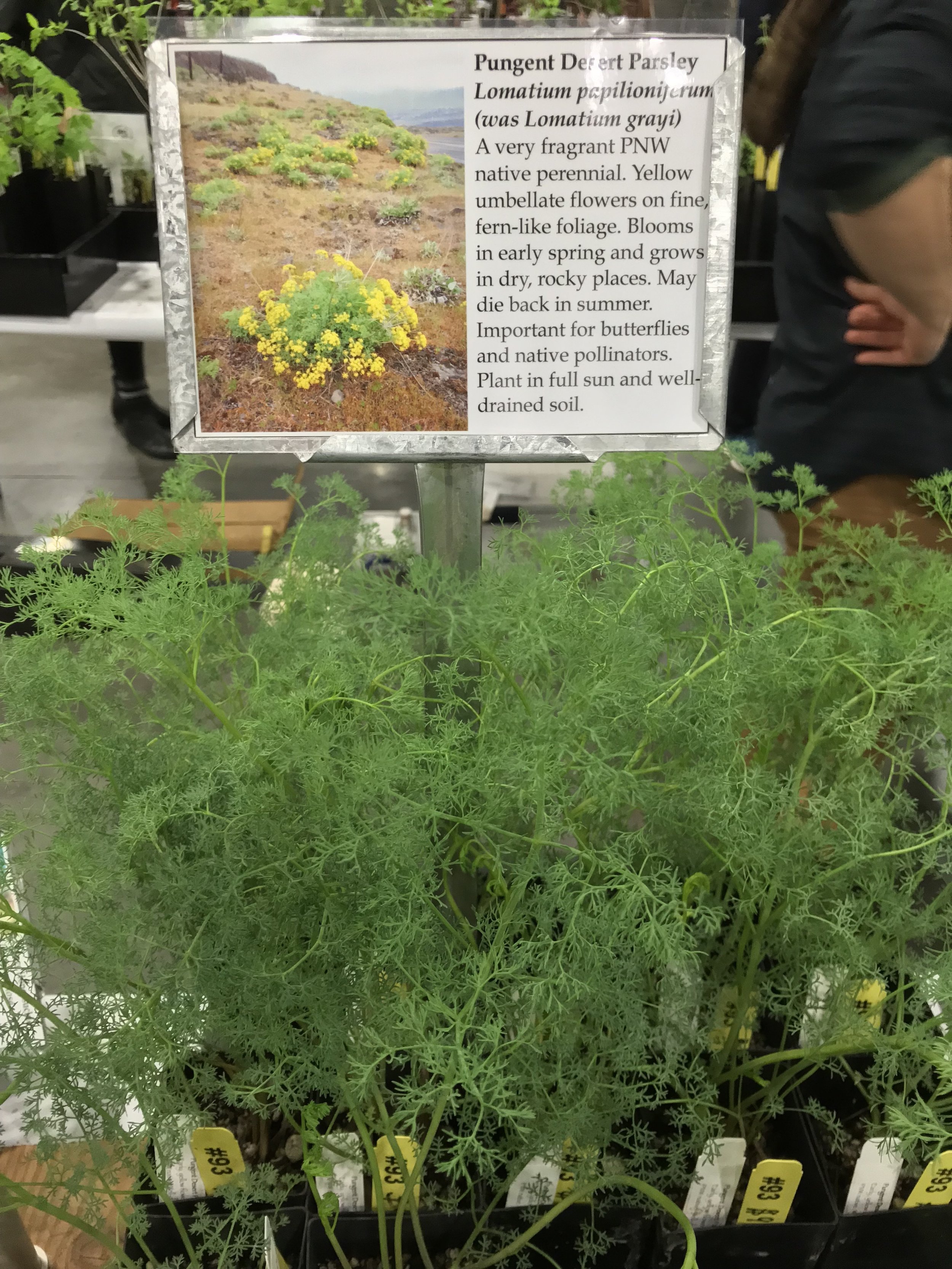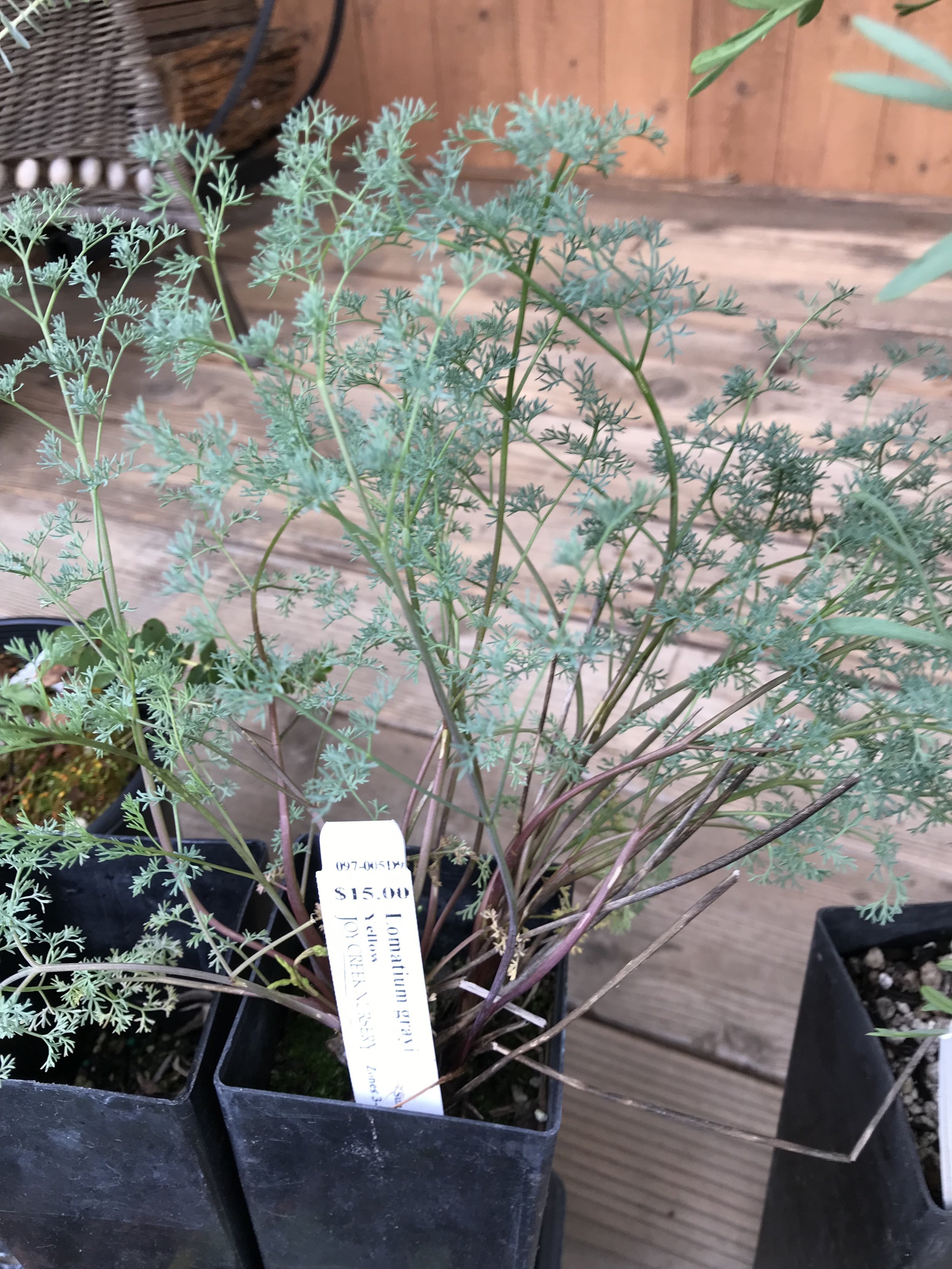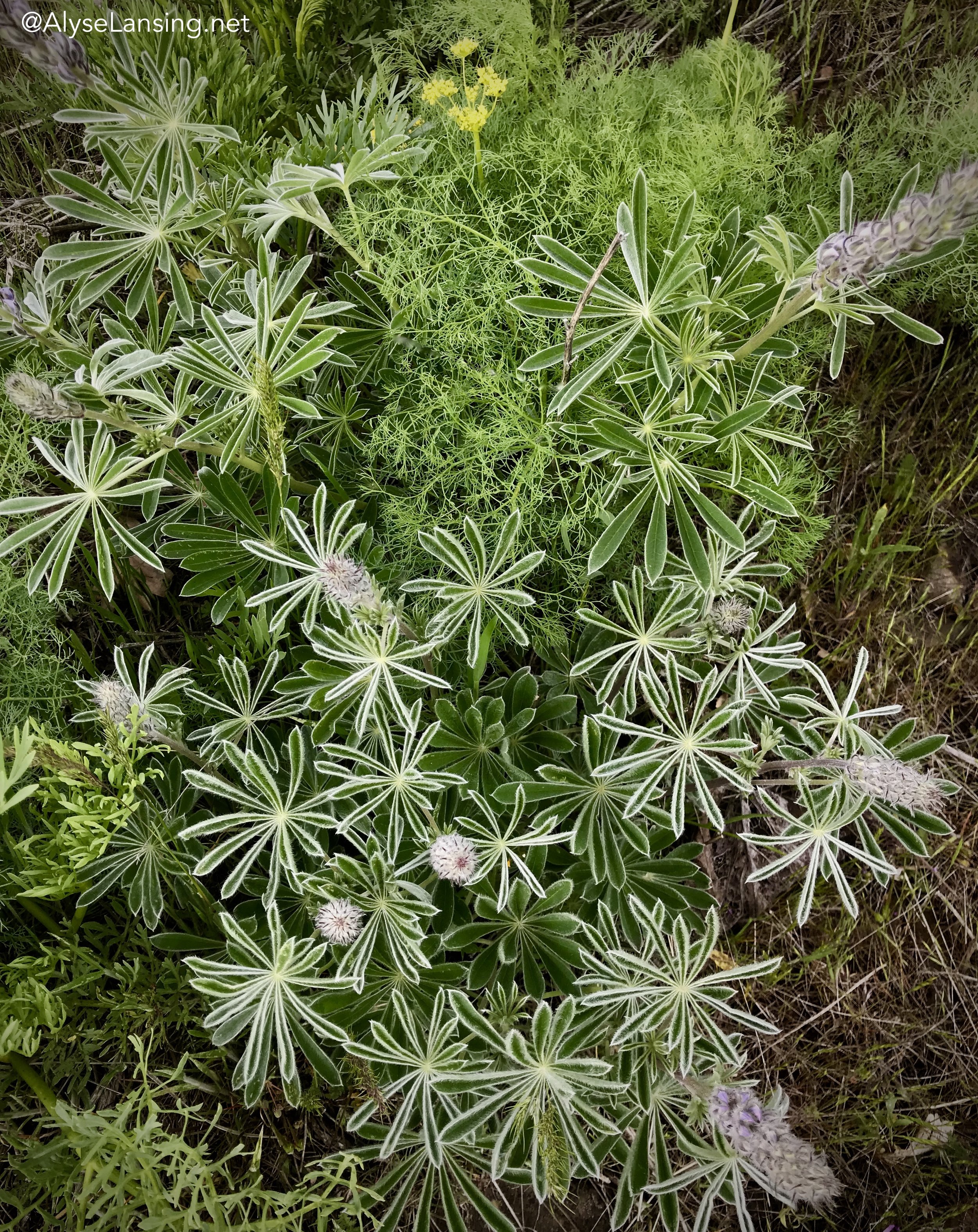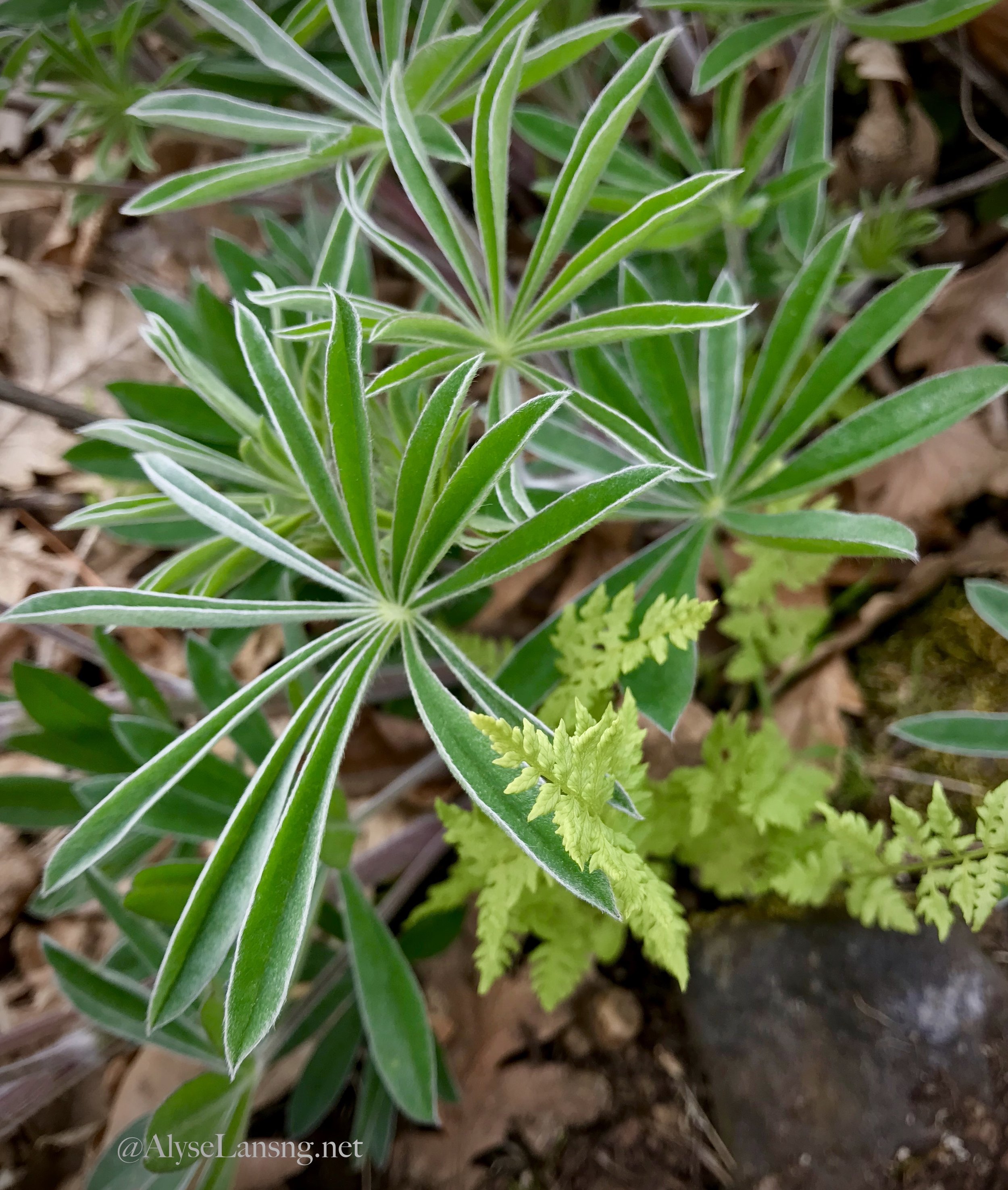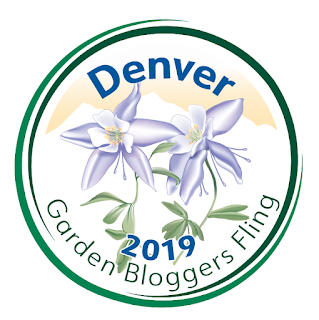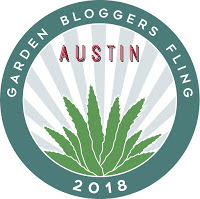Wildflower Wednesday: Columbia River Gorge desert parsley
/Lovely Lomatiums
A two-hour drive from my home, the east side of the Columbia River Gorge becons at this exciting and wild-flowering time of year. I travel there each April with our local APLD group (Assn of Professional Landscape Designers--wild plant nerds all), and it is such a joy. The beauty of the place leaves us all breathless, every time.
Today is "Wildflower Wednesday" (details in last paragraph). For my first entry into this meme, I'll share a few photos from our Gorge weekend. I'll focus on a lesser-known group of plants: the lovely Lomatiums (common name Desert Parsley).
These are blooming at the east end of the Gorge right now.
My first picture is from the road leading in to camp, and my last will be a shot heading out.
Lomatium grayi (Gray's Desert Parsley) on road-cut berm above the Klickitat River
Gray's Desert Parsley, Lomatiium grayi
Umbell flowers of the desert parsleys (here Lomatium grayi).
Sunflower blooms of Balsamroot surrounded by as-yet-unblooming Suksdorf's Desert Parsley (Lomatium suksdorfii).
A few fat-blooming Balsamroot are sprinkled in a field of Suksdorf's Lomatium yet to flower.
Part of the beauty of the Lomatiums is their fine-textured foliage. Grayi in particular is very fine, and a bright green or blue-green. They all grow in a sweet, fluffy mound, very approximately 2' tall x 3' wide or more.
I found both the L. grayi and L. suksdorfii at Humble Roots Farm at Hortlandia this month. The nurseryman told us their Suksdorf has been easier to grow in the landscape, and he estimates Suksdorf to be more tolerant of clay soils. I'm trialing them both, and I do not have high expectations for their survival west of the Cascades. But I have one Grayi from last year, and I'm impressed it wintered over just fine in its pot. This is hopeful news.
Lomatium grayi (technically now L. papilioniferum, but none of us calls it that) at Humble Roots Farm's Hortlandia booth, April 15 this year.
Also at Humble Roots--Lomatium suksdorfii. Supposed to be a little easier to grow in the landscape, but "easier" in this context is relative.
Suksdorf's Lomatium. Note the comparison of foliage with L. grayi, to the left.
Gray's Lomatium. Thank you to Joy Creek Nursery and propagator Leslie Gover for growing this one to sell. It's wintered over a full year for me, in this pot.
Back in the wild...
A fine-textured Lomatium grayi in a natural combination, and two other natives in bloom or foliage:
In the wild, Lomatium grayi with budded Columbia Gorge lupines.
Young lupines with fern (probably early-emerging Lady Fern, Athyrium filix-femina).
Hounds Tongue, Cynoglossum grande. A beautiful true blue.
Lomatium grayi
Our road out of camp, with the Klickitat River below. Lomatium grayi blankets the road cut, and many hummocks of Suksdorf cover the hills.
By summer, these Lomatiums on their exposed, rocky slopes will be dormant. Not sure how long they will last at home. But they are worth the try--for their fine texture, tidy habit, drought tolerance, and how much the beneficial bugs love them. Looking forward to experimenting and getting to know them better.
Wildflower Wednesday is hosted by Gail Eichelberger at Clay and Limestone, in Tennessee.
(I notice that one year ago, on this meme, she featured a native with a flower very like our Desert Parsleys: "Golden Alexander (Zizia)." Obviously closely related but liking damp instead of dry. How interesting!)
Other wildflowers in current stories can be linked at the end of her blog.
The photos above, on open hillsides and oak woodlands of the east Gorge, were taken about 10 miles north of Lyle WA, on a ridge above the Klickitat River, at 1400- to 1600-foot elevation. (Zone 6?) Photos taken April 13, 20, and 21 this year.
All rights reserved.






